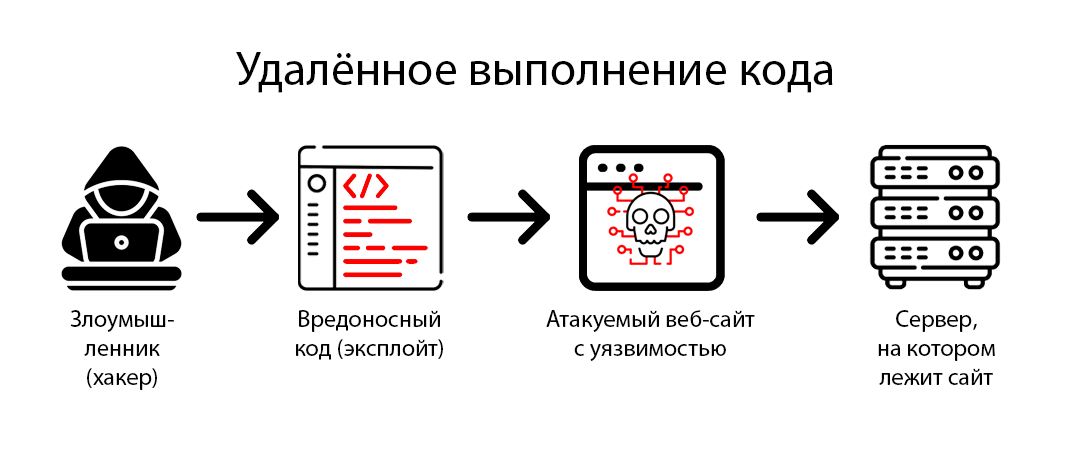Securing Linux-based Servers: Best Practices
Linux is one of the most popular operating systems for servers due to its open structure and excellent security. However, without proper precautions, Linux-based servers can become vulnerable to various types of attacks. In this article, we will look at some of the best practices for securing Linux-based servers to ensure the security of your infrastructure.
Update Software Regularly
One of the most important steps in protecting Linux-based servers is to regularly update software. Vulnerabilities can be discovered and fixed by software developers, and outdated software can become an open door for attackers. Make sure your server is always updated to the latest version, including the operating system, Linux kernel, libraries, and application software.
sudo apt update
sudo apt upgrade
Configure a Firewall
A firewall is an important server security tool. Configure a firewall on your server to control incoming and outgoing traffic. Use iptables or firewalld to create reverse filtering rules and restrict access to various services on the server.
sudo iptables -A INPUT -p tcp --dport 22 -j ACCEPT
sudo iptables -A INPUT -j DROP
Use SSH Keys for Authentication
SSH is the standard protocol for remote access to the server. Instead of using a password for authentication, it is recommended to use SSH keys. Generate SSH keys on your client computer and add the public key to the server for authorization. This will improve server security and protect against password brute-force attacks.
ssh-keygen -t rsa
ssh-copy-id user@server_ip
Use Strong Passwords and Two-Factor Authentication
Strong passwords are the first level of protection against password brute-force attacks. Use long and unique passwords for all accounts on the server. It is also recommended to enable two-factor authentication for an additional layer of security. This requires an additional code or device to access the server, in addition to the password.
Disable Unnecessary Services and Ports
Many Linux servers come with pre-installed services and open ports that may be vulnerable. Review the list of active services and disable the ones you don’t need. Also, close unnecessary ports to reduce the attack surface and ensure server security.
Keep Logs and Monitor
Keeping logs and monitoring the server will help to detect anomalies and suspicious activity in time. Configure audit logs, system logs, and performance monitoring to monitor the server’s status and respond to potential incidents.
Back Up Data Regularly
Regular data backup is a prerequisite for ensuring server security. Create backups of important data and configuration files to protect against information loss in the event of hardware failure or attack. Store backups in a secure location separate from the server.
Understanding and applying best practices for protecting Linux-based servers will help you ensure the security of your infrastructure and protect valuable data from threats. Follow these tips and regularly update your security knowledge to stay one step ahead of attackers.





